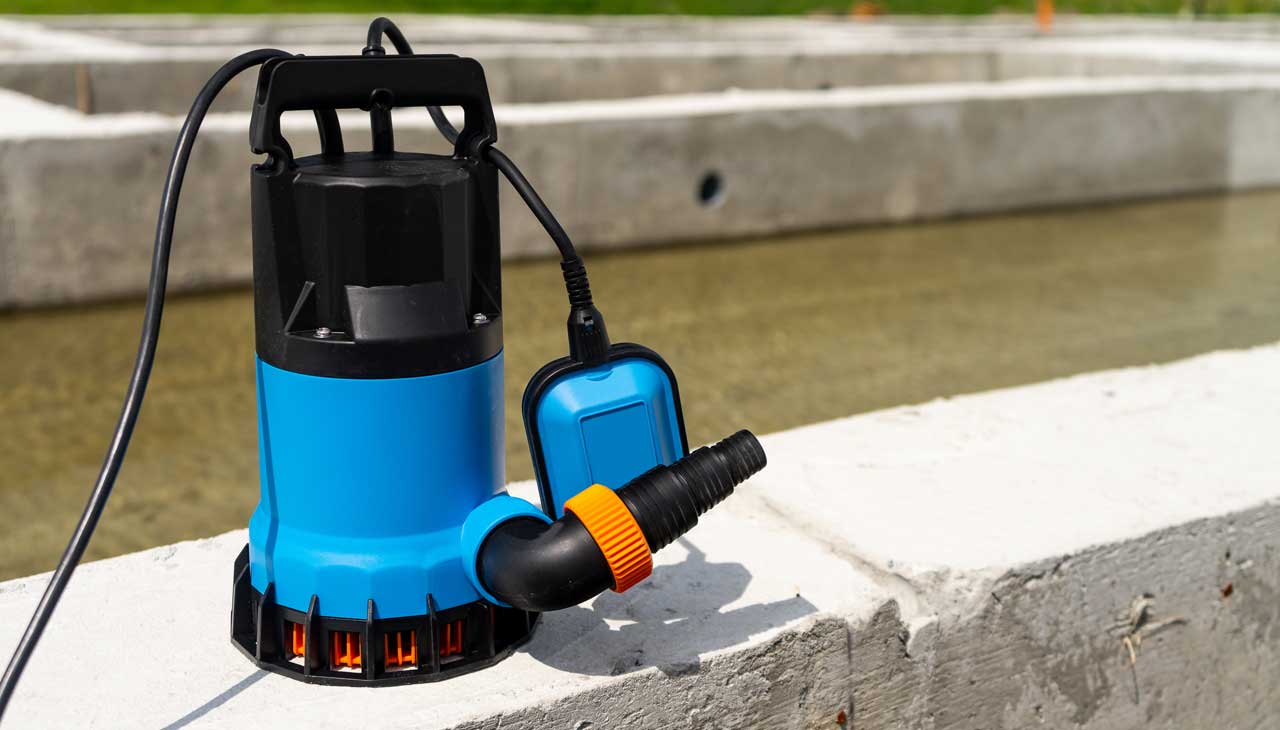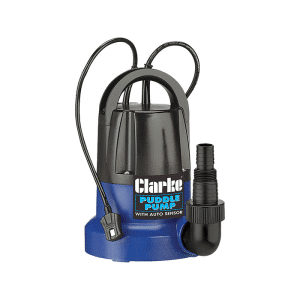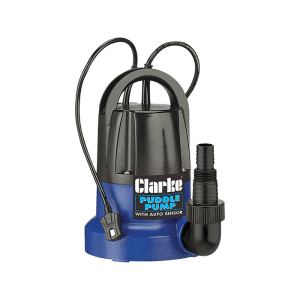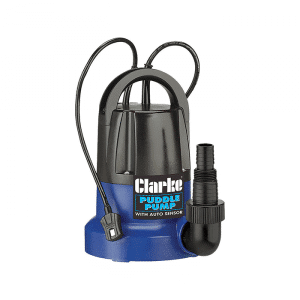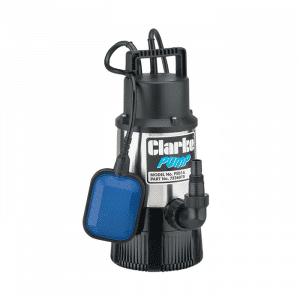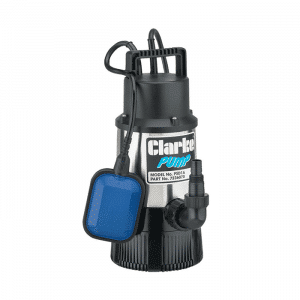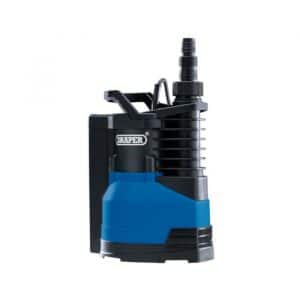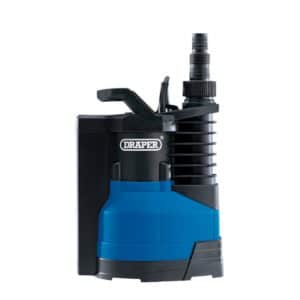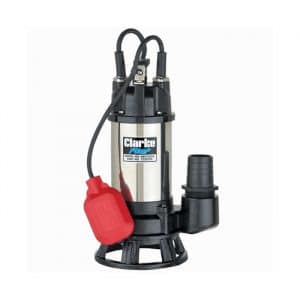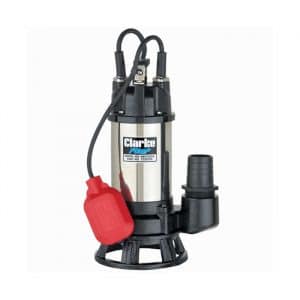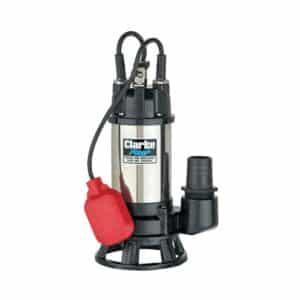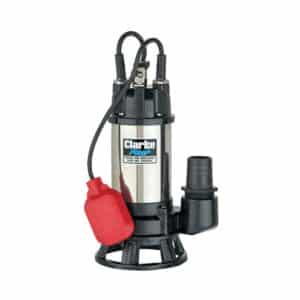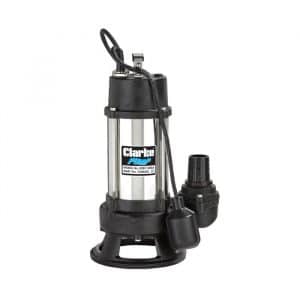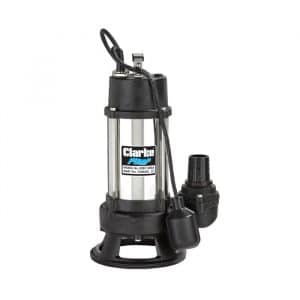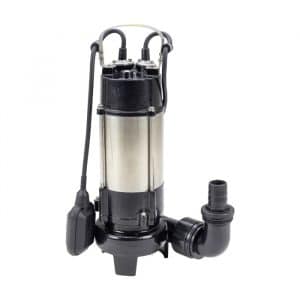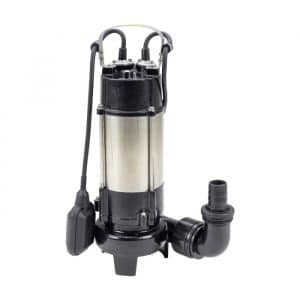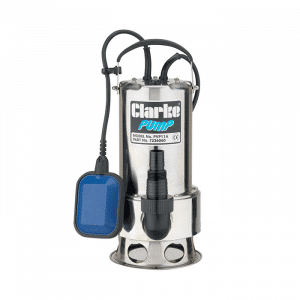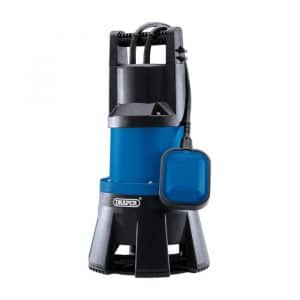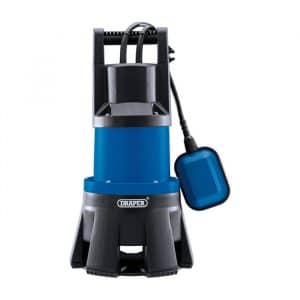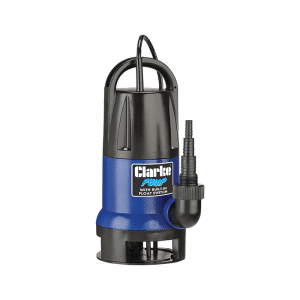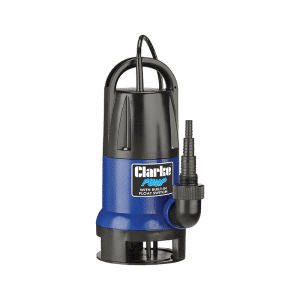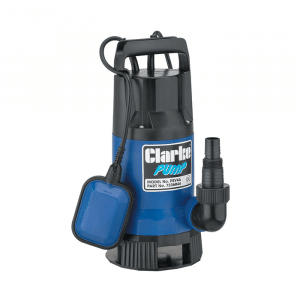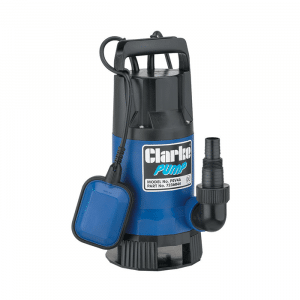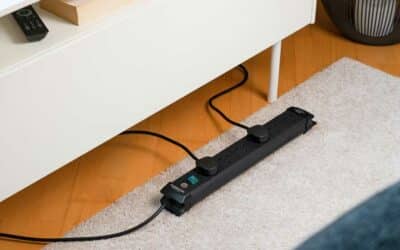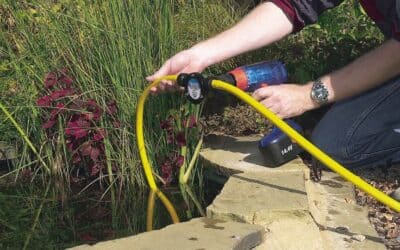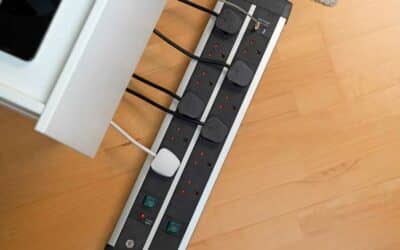Understanding Submersible Water Pumps: Basics, Types, and Benefits
Submersible water pumps are devices that have revolutionised the way water is moved and managed in various applications. From residential wells and cellars to industrial drainage systems, these pumps offer efficient and reliable performance, when submerged underwater. In this comprehensive guide, we’ll look into the basics of submersible water pumps, explore their different types, and highlight the benefits they offer over traditional pumps.
How do submersible pumps work?
Submersible pumps operate by being submerged underwater, directly in the fluid they are tasked with moving. They typically consist of a motor, impeller, and housing encased in a waterproof enclosure. When activated, the motor drives the impeller, which generates suction, drawing water into the pump. The water is then propelled through the pump and expelled to the surface or desired location.
Shop Submersible Pumps – Non Solid Handling
What is the difference between a submersible water pump and a water pump?
The primary difference between a submersible water pump and a conventional water pump lies in their operating mechanisms. Submersible pumps are designed to be submerged underwater, allowing them to efficiently pump water from deep sources such as wells, cellars or boreholes. In contrast, traditional water pumps are typically installed above ground (surface water pumps) and rely on suction to draw water from shallow sources like rivers or tanks.
Which type of submersible pump is best?
The best type of submersible pump depends on the specific application and requirements. Common types include:
Utility Pumps or puddle pumps
Utility pumps, also known as puddle pumps, are versatile and portable. They are suitable for various domestic and light commercial applications, such as draining flooded basements or swimming pools.
Sewage Pumps
Sewage pumps are designed for handling wastewater and sewage. Sewage pumps feature robust construction and high-capacity pumping capabilities.
Well Pumps
Well pumps are specifically designed for extracting water from wells or boreholes. Well pumps come in different configurations, including shallow well pumps and deep well pumps.
Choosing the right type of submersible pump involves considering factors such as flow rate, head pressure (the height to which the water needs to be pumped to), and whether you are pumping clean water (non-solids) or dirty water (which includes solid particles).
Shop Submersible Pumps – Sewage Cutter
What is the difference between submersible pumps with a float switch and an integral float switch?
Submersible pumps with a float switch and those with an integral float switch serve similar functions but differ in their design. Pumps with a float switch feature a separate float device that activates the pump when water levels rise, while pumps with an integral float switch incorporate the float mechanism directly into the pump housing. Both types offer automatic operation, ensuring efficient water management without the need for manual intervention.
Can submersible pumps handle solid particles?
Submersible pumps vary in their ability to handle solid particles suspended in fluids. While some submersible pumps are designed solely for liquid transfer and cannot handle solids (Submersible Pumps – Non Solid Handling), others, known as “solids-handling” or “sewage” pumps, (Submersible Pumps – Solids Handling) are specifically engineered to manage solid debris along with liquids.
These solids-handling pumps feature robust impeller designs and larger discharge openings to prevent clogging or damage from solid particles. However, it’s essential to note that the size and type of solid particles a pump can handle may vary. Some pumps are capable of handling larger solid particles, while others are better suited for fine or fibrous materials.
When selecting a submersible pump for applications involving solid particles, consider factors such as the size and composition of the particles present in the fluid, and ensure that the pump’s solids-handling capabilities align with your specific requirements.
Regular maintenance and cleaning are crucial to prevent blockages and maintain the pump’s efficiency. By choosing the right pump and implementing proper maintenance practices, you can ensure reliable performance in challenging environments where solid debris is present.
Can a submersible pump be fully submerged?
Yes, submersible pumps are specifically designed to be fully submerged underwater during operation. Their waterproof construction and sealed enclosures allow them to function efficiently and safely in submerged conditions, making them ideal for applications where traditional pumps would be impractical or ineffective.
What are the advantages of a submersible pump over traditional pumps?
Submersible pumps offer several advantages over traditional pumps, including:
Efficiency
Submersible pumps are inherently more efficient than traditional pumps, as they operate directly in the fluid being pumped, minimising energy losses.
Space-saving
By eliminating the need for above-ground installation, submersible pumps save space and can be discreetly placed underwater, reducing visual clutter. If the space where the pump is to be located is very small, then this a submersible water pump with an integral float switch (see above) may be most suitable.
Durability
Designed for submerged operation, submersible pumps are built to withstand harsh environments and offer long-lasting performance with minimal maintenance.
Quiet operation
Submersible pumps operate quietly underwater, making them ideal for residential and noise-sensitive environments where noise pollution is a concern.
Shop Submersible Pumps – Solids Handling
Does a submersible pump need to be primed?
No, unlike traditional pumps that require priming to remove air from the pump and suction pipe, submersible pumps do not need to be primed. Because they are submerged in water their design allows them to operate efficiently without the risk of airlocks or priming issues, simplifying installation, operation, and maintenance.
In summary, submersible water pumps are versatile and efficient devices that offer numerous advantages over traditional pumps. Whether you’re pumping water from a well, draining a flooded area, or managing wastewater, submersible pumps provide reliable performance and ensure efficient water management in various applications. With their durable construction, automatic operation, and space-saving design, submersible pumps are indispensable tools for water management professionals and homeowners alike.



